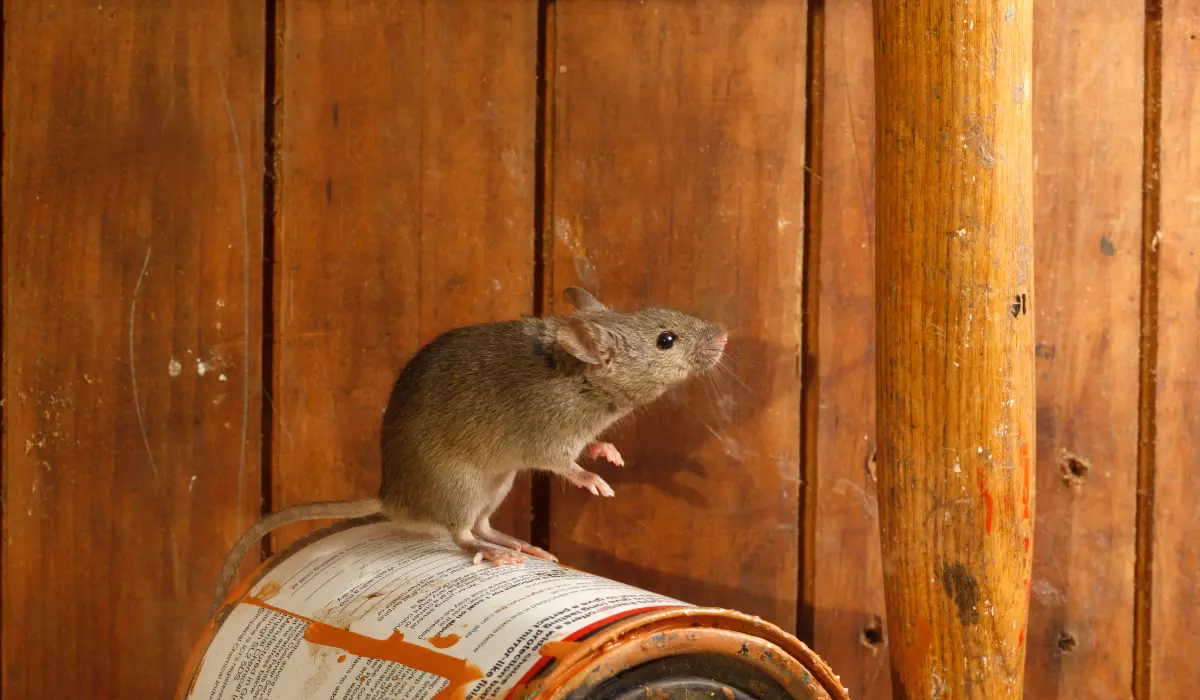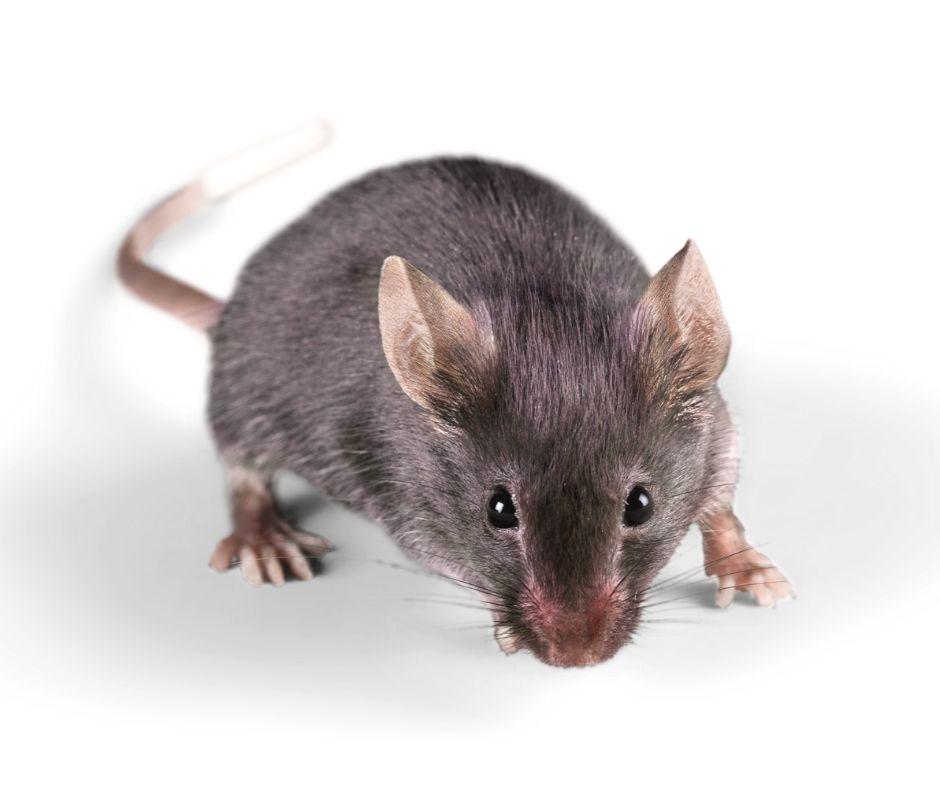Florida’s subtropical environment—mild winters, elevated humidity, and consistent warmth—entices a wide range of residents and tourists, yet it likewise welcomes pests like mice. These small but resourceful rodents exploit any chance to secure shelter, moisture, and easy meals indoors. In Fort Lauderdale, along with neighboring Plantation, a minor mouse problem can expand rapidly if the earliest signs—droppings, gnaw marks, or late-night squeaking—are not confronted. This service page clarifies how mice flourish under Florida’s conditions, highlights signals of a potential infestation, and explains why calling a professional mice exterminator for mice treatments is the most thorough way to secure a rodent-free environment. By addressing the problem promptly, whether occupant or staff notices droppings under sinks or hears scuttling in walls, you spare yourself advanced contamination, occupant worry, and more complex remediation steps if mice proliferate unchecked.
Why Mice Thrive in Florida

- Mild Winter Temperatures
In northern states, sub-freezing winters significantly slow rodent breeding or kill off populations for several months. Florida’s winter rarely hits sustained freezing, enabling mice to stay active, feed, and reproduce year-round. Within heated or air-conditioned structures, occupant-maintained climates remain comfortable for mice, letting them multiply unless occupant housekeeping or professional solutions limit their growth. - High Humidity and Moisture
Mice seek consistent water sources, which Florida’s environment provides via humid air, rainfall, or condensation near air-conditioning lines. Kitchens or bathrooms with small leaks, damp basements, or under-sink drips can host mice if occupant or caretaker routines overlook minor moisture buildups. When heavy rains flood outdoor burrows, rodents may migrate indoors, exploiting even small foundation cracks or door sweeps for entry. - Minimal Seasonal Dormancy
In colder locales, rodents can slow breeding or enter partial dormancy throughout harsh winter months. In Fort Lauderdale and Plantation, no extended freeze compels a natural slowdown, meaning a few mice that slip in can quickly grow into a large colony. Occupant synergy—like scanning for droppings or sealing cracks—plus robust pest control keep expansions at bay. - Ready Food Supplies
Mice devour nearly any organic matter. A busy occupant household often leaves crumbs, unsealed cereals, or open trash bins, fueling rodent survival year-round. Because mild Florida winters seldom shift occupant routines drastically, mice rarely face seasonal scarcity unless occupant-based dryness or housekeeping efforts consistently remove their feeding options. - Frequent Movement of People and Goods
Communities around Fort Lauderdale see occupant or traveler transitions, secondhand furniture swaps, or shipping crates that might unknowingly transport mice inside. Once introduced, mice hide behind appliances or in wall voids if occupant checks—like verifying new deliveries or sealing leftover foods—remain partial, giving them ample time to nest and reproduce unseen.
Signs You Might Have Mice
- Droppings
Mouse droppings are small, dark, and pointed at each end, roughly shaped like grains of rice. Fresh droppings appear moist, turning dull with age. Finding them in cupboards, drawers, or near food containers strongly indicates active foraging. Larger, pill-shaped droppings might suggest rats, but in either case, occupant or professional steps are warranted. - Gnaw Marks or Holes
Mice must chew continually to keep their incisors in check. Bite marks on wooden edges, plastic bins, or cardboard boxes confirm rodent activity. Ragged holes in cereal bags or pantry staples reveal foraging attempts. If occupant notices destroyed packaging or torn corners, mice are likely rummaging for food or nesting materials. - Nocturnal Scratching or Squeaking
Mice emerge after dark to search for crumbs. Occupants might hear faint squeaks, rustling, or scurrying inside walls or ceilings. Pinpointing these sounds’ location helps occupant or staff locate potential nests or droppings. If occupant suspects mice, investigating these areas may yield visible evidence or nest material. - Nests Made of Shredded Material
Rodents gather soft items like paper, insulation, or cloth to build nests tucked behind stoves, in closet corners, or near water lines. Discovering such clumps with droppings or gnawed seeds indicates breeding is underway. Prompt occupant-based nest removal plus professional extermination is vital for containing expansions. - Unusual Pet Fixation
Cats or dogs might sniff or scratch persistently at cabinets, corners, or walls if they sense mice behind them. Occupants noticing pets acting strangely in certain places may investigate, finding droppings or small holes verifying rodent presence.
Potential Consequences of Ignoring Mice
- Health and Sanitation Risks
Mice track bacteria onto surfaces, utensils, or stored foods. Their droppings and urine contaminate kitchens, risking occupant exposure to diseases. Eliminating them early preserves occupant well-being, limiting possible microbe spread or allergic reactions. - Structural and Wiring Damage
Rodents sometimes chew wood framing, plastic pipes, or electrical cables, possibly triggering fires if wires become exposed. Over time, these hidden chew marks degrade structural elements, forcing more extensive repairs if occupant detection is late. - Rapid Population Growth
Mice reproduce swiftly in stable Florida climates. A minor infiltration of a few mice can turn into dozens populating multiple rooms or floors unless occupant or caretaker takes prompt action once droppings or squeaks are first noticed. - Daily Stress
Sharing a home with rodents weighs on occupant comfort—constant scanning for droppings, storing food meticulously, or anxiety about encountering mice scuttling at night. Comprehensive removal relieves occupant fears and restores normal routines.
Why a Professional Exterminator is Essential
- Extensive Inspection
A mice exterminator surveys rooms, basements, attics, or yard edges for droppings, nest debris, or gnaw marks, clarifying the scope of infestation. Identifying whether occupant deals with house mice versus rats helps refine trap or bait station strategies. - Effective Baiting and Trapping
Over-the-counter methods can scatter rodents deeper. Experts place snap traps, multi-catch devices, or tamper-resistant bait stations along known runways—like baseboards or behind appliances—capturing or poisoning entire rodent communities. This ensures occupant or pet chemical exposure remains minimal, while rodents face lethal contact. - Sealing Entry Points
Mice can slip through holes as small as a dime. After occupant or professional eliminates current mice, occupant or caretaker must block foundation cracks, fix door sweeps, or seal pipe gaps, denying new rodents infiltration routes. Exclusion cements a long-term rodent-free status once occupant synergy is consistent. - Sanitation and Occupant Guidance
Removing active mice alone is insufficient if occupant housekeeping or dryness measures remain partial. Professionals advise occupant solutions—like storing food in sealed containers, disposing of trash daily, or addressing minor leaks—to starve future rodent attempts of vital resources. - Follow-Up and Maintenance
Because mice produce multiple litters a year, occupant or staff re-checks ensure no leftover rodents or new arrivals appear. If occupant discovers fresh droppings or gnaw marks, additional trap adjustments or re-application of baits finalize occupant peace of mind.
Methods for Mice Elimination
- Inspection and Mapping
Exterminators observe droppings or chewed surfaces around kitchens, bathrooms, or damp basements, verifying infiltration points or nest sites. Verifying species type, location concentration, and occupant routines shape effective trap or bait station coverage. - Trap Deployment
Snap traps set flush against walls remain potent mechanical approaches if occupant or caretaker empties them daily. Multi-catch stations in busier rodent pathways might catch multiple mice at once. Certain attractants—like peanut butter—improve lure success, ensuring quick captures. - Bait Stations
For heavier populations behind walls or in seldom-used corners, professionals install tamper-resistant stations containing rodenticides. Because these toxins act slowly, mice returning to nests distribute the poison throughout the colony. Proper station placement keeps occupant or pet contact minimal while maximizing rodent kills. - Exclusion and Repairs
Occupant or caretaker sealing cracks around pipes, reinforcing door sweeps, or applying steel wool in foundation gaps denies mice infiltration. Weatherstripping around windows or patching holes in siding cements solutions. Without occupant synergy sealing entry points, newly arrived rodents replace those removed.
Environmental Adjustments
Occupants reorganize cluttered storage rooms, discard old cardboard piles, or fix water drips. Storing cereals in plastic bins denies mice easy meals. By removing moisture sources—like promptly mopping spills—rodent survival indoors is impeded, forcing them toward baits or outside.

Serving Fort Lauderdale and Plantation
Fort Lauderdale: A bustling coastal city drawing occupant shifts, short-term rentals, and continuous deliveries. Mice can hitch rides in shipping crates or used furniture, quietly nesting behind appliances. Occupant synergy—like scanning corners for droppings—plus swift extermination solutions hamper expansions across multi-floor residences or older buildings.
Plantation: A suburban area bridging older and newer homes. Rodents might infiltrate if occupant dryness or housekeeping measures are minimal, entering through foundation cracks or leftover scraps. Occupant synergy—like timely trash removal—and a thorough extermination approach eliminate mice from corners or behind walls.
Why Our Mice Treatments Outperform
- Florida-Focused Methods
Because southwestern Florida seldom sees rodent-limiting freeze spells, occupant synergy—like dryness improvements, discarding leftover food, sealing entry points—and advanced baits or traps effectively thwart mice at each infiltration route. This synergy addresses near-constant breeding in a mild environment. - Precision and Lower Chemical Exposure
We concentrate rodenticides or traps specifically where mice nest—behind stoves, near water lines—limiting occupant or pet contact. Occupants typically only wait for dryness or short re-entry intervals if needed, returning swiftly to normal while rodents face lethal coverage in crucial corners. - Exclusion for Long-Term Relief
Removing current rodents is only half the battle. Occupant or caretaker sealing cracks in foundations or walls permanently stops re-infiltration. Weatherstripping or installing better door sweeps denies mice easy passage from outside. This occupant plus professional synergy cements stable, mouse-free conditions. - Follow-Up Assurance
Because mice reproduce rapidly, occupant or scheduled re-checks confirm no overlooked litters remain. If occupant sightings—like droppings near newly accessible areas—continue, additional trap or bait placements finalize occupant peace, ensuring no pockets remain behind walls or attics.
- Florida-Focused Methods

Next Steps
Discovering small rodent droppings near cupboards, hearing squeaks behind walls at night, or finding bite marks on cereal boxes? Contact us to learn more or schedule your service. Our mice treatments in Fort Lauderdale and Plantation detect rodent hideouts, seal infiltration paths, and employ precision trap or bait solutions—removing hidden mice thoroughly. By partnering with a professional exterminator, occupant guesswork is minimized, confirming even stealthy mice behind walls or inside lesser-used corners are eradicated.
Early occupant detection—like noticing gnaw marks on pet food bags, droppings in drawers, or squeaking in the dead of night—prevents small rodent groups from becoming multi-room infestations overshadowing occupant comfort. Through occupant diligence—discarding clutter, storing cereals in sealed containers, or quickly mopping up spills—and advanced rodent extermination methods—like insect growth regulators, snap traps, or tamper-resistant bait stations—mice find no haven to feed or breed, preserving occupant tranquillity and property cleanliness.
Sustaining a Mouse-Free Property
- Store Food Properly: Transfer cereals, grains, or pet foods into sealed bins. Immediately clean counters of crumbs or spills. Removing easy meals drives mice toward baits or out of the structure.
- Eliminate Water Sources: Fix leaking faucets, clear condensation near air-conditioning units, and mop up spills quickly. Mice rely on moisture—denying them water hampers their survival.
- Frequent Trash Disposal: Keep waste in lidded bins, removing it regularly. Open trash or leftover scraps can lure mice from yard edges or adjacent structures indoors.
- Minimize Clutter: Discourage rodent nesting by discarding old cardboard or storing items in sealed plastic bins. Clearing clutter reveals potential droppings or chew marks occupant can address fast.
- Seal Entry Points: A mouse can pass through a dime-sized opening. Using caulk, steel wool, or new door sweeps blocks infiltration routes around pipes, windows, or foundation cracks. Occupant synergy ensures once mice are removed, new ones stay out.
By combining occupant vigilance—like dryness measures, daily cleaning, or sealing infiltration routes—and specialized rodent extermination strategies, southwestern Florida owners deter mice from establishing hidden colonies. Though Florida’s mild winter rarely impedes rodent breeding, occupant synergy plus precisely placed baits or traps hamper them at every life stage. Families or businesses in Fort Lauderdale and Plantation thus enjoy the region’s mild climate and robust city amenities without the burden of mice rummaging behind walls or scurrying across floors.
